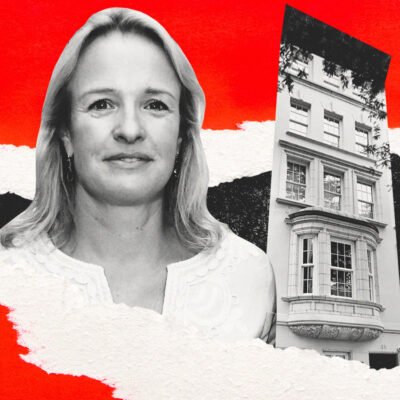Landlords are not reaping as bigger benefit from recent mortgage rate cuts as those who live in their own homes, analysis shows.
The interest rates on fixed home loans have been dropping for weeks after falls in inflation and a cut in interest rates by the Bank of England.
Falls have been seen across all types of mortgage, but the more dramatic drops have been seen on residential deals.
Experts have said the trend is due to a combination of buy-to-let mortgages being seen as riskier for lenders, and greater competition in the residential market.
According to data from Moneyfacts analysed by i, at the start of July, the average five-year fixed residential mortgage at 75 per cent loan-to-value (LTV) – meaning a deposit or equity of 25 per cent – stood at 5.39 per cent. For the equivalent buy-to-let mortgage, the rate was 5.59 per cent.
But though for the residential mortgage, the rate has dropped 0.29 percentage points to 5.1 per cent, for the buy-to-let equivalent, the rate has dropped just 0.2 percentage points, to 5.39 per cent.
For the average mortgage rate at 60 per cent LTV, the typical BTL rate was 4.93 per cent on 1 July, with the average residential rate was 5.06 per cent.
But now, the average rates are virtually the same, with the residential average having fallen 0.35 percentage points to 4.71 per cent, and the average BTL rate having fallen just 0.25 percentage points, to 4.68 per cent.
Mortgage rates are primarily determined by Swap rates, which go up or down based on long-term predictions of where the Bank of England base rate will go in the future.
But Nick Mendes, mortgage technical manager at John Charcol brokers, said greater competition among residential lenders was driving rates down in the sector.
“The residential mortgage market features over 120 lenders competing on rates and criteria. This competition drives more aggressive rate reductions as lenders strive to attract homeowners and prospective buyers, thereby gaining market share,” he said.
But he also said that BTL loans were considered riskier by lenders, which meant rates sometimes fell more slowly.
“BTL mortgages are viewed as riskier due to potential issues such as tenant defaults or property vacancies, which can affect the viability of rental income,” he said.
He added: “Additionally, the funding lines that BTL lenders rely on typically differ from those used for residential mortgages. These funding lines are more sensitive to market conditions and investor sentiment. As a result, the cost of capital for BTL lenders may remain elevated, preventing them from lowering rates as quickly as those for residential mortgages.”
Although over half (57 per cent) of landlords have a BTL mortgage, around 38 per cent have no borrowing at all according to the most recent English housing survey. The remainder have borrowed from other sources to fund their home purchases.
Rents have gone up 8.7 per cent in the past year, though mortgage rates are only one factor in this, with factors such as low supply often cited as a driving cause.






